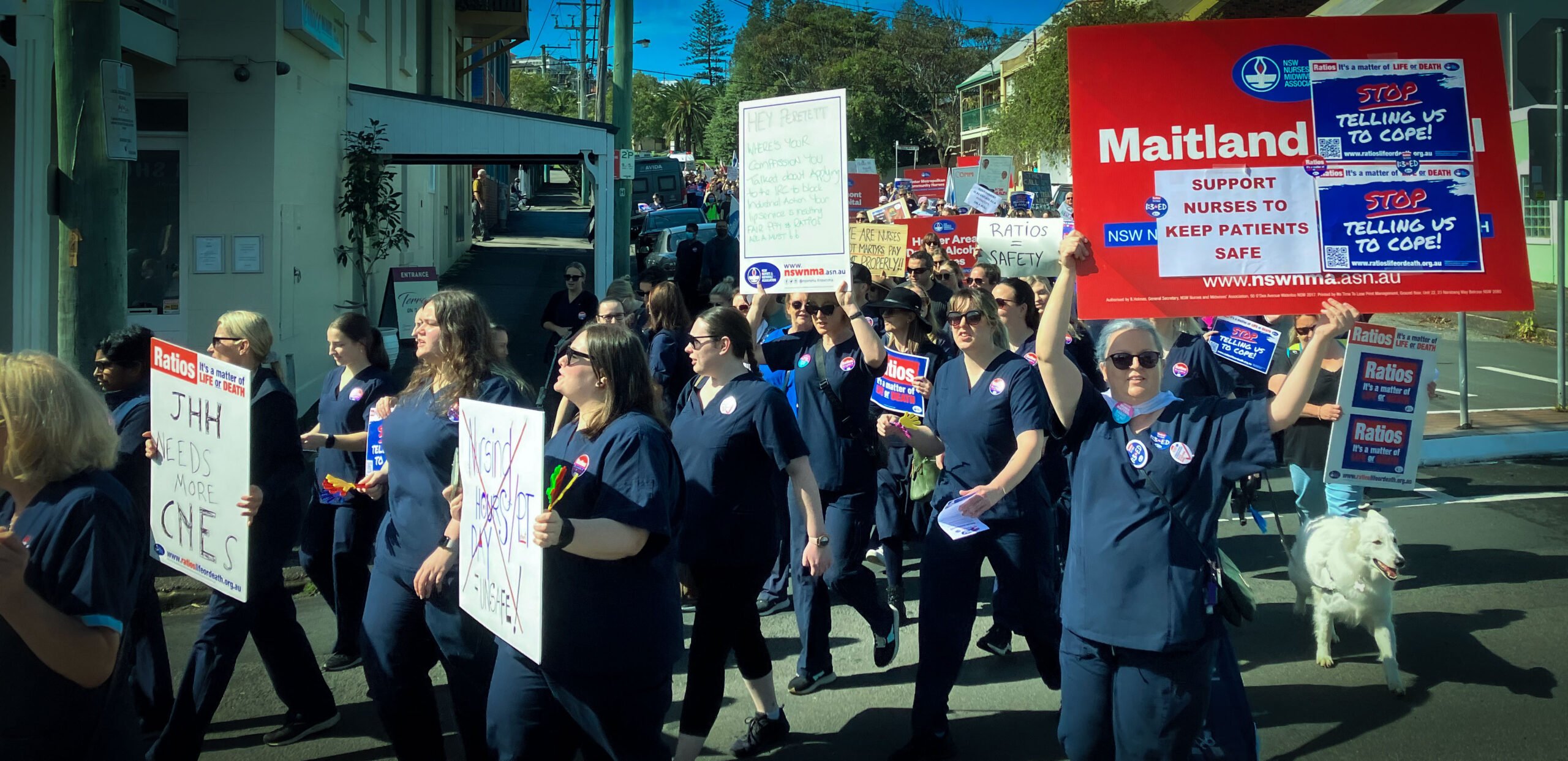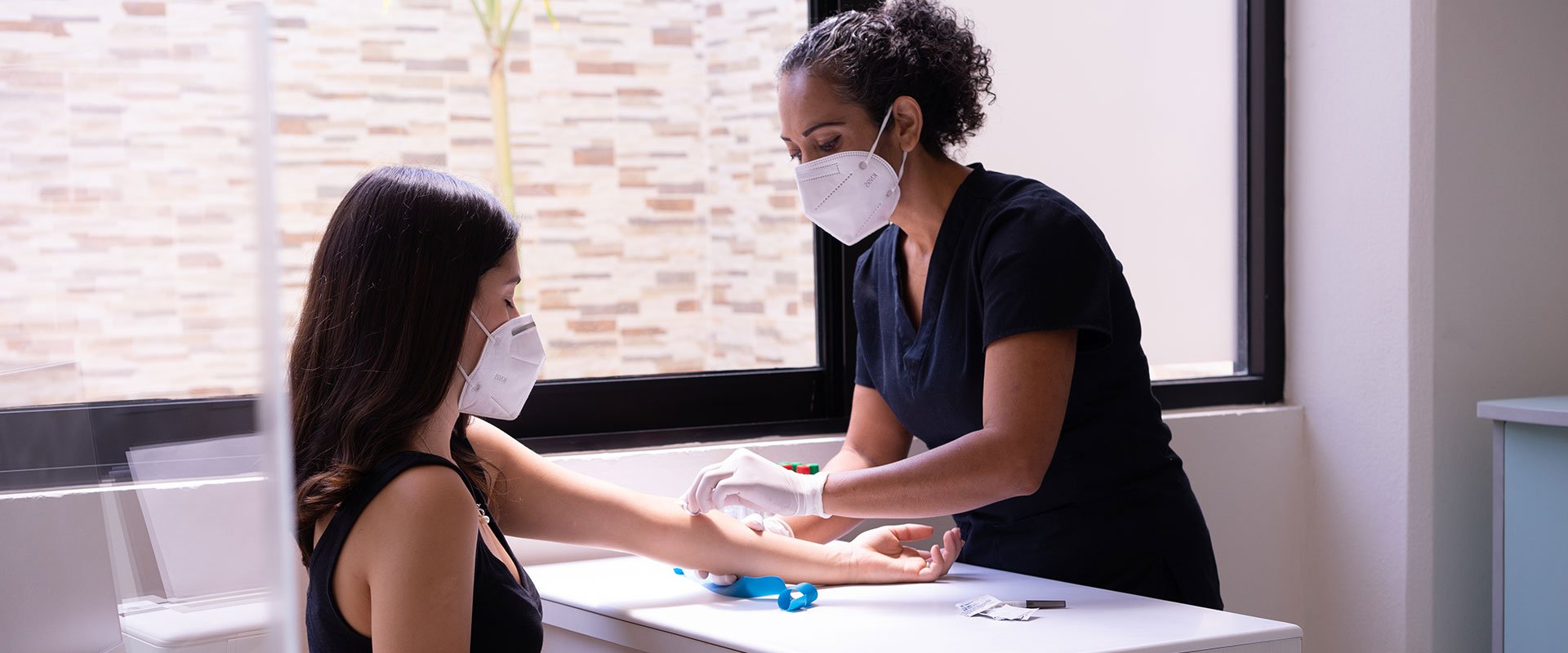After the first week of the current UN climate talks in Lima, health professionals, public health experts and policy makers convened yesterday for the 2014 Climate and Health Summit. The packed program featured inspiring speakers such as Peru’s Minister of Health, Aníbal Velasquez Valdivia, the Vice President of the World Bank, Rachel Kyte and ex IPCC Lead Author Saleemul Huq. It called for a fair and legally binding global climate agreement to be agreed at COP21 in Paris in 2015 in order to protect and promote human health.
Co-hosted by the Global Climate and Health Alliance, the School of Public Health at the Universidad Peruana Cayetano Heredia, the Pan-American Health Organization, World Health Organisation and the German Gesellschaft für Internationale Zusammenarbeit (GIZ), the Summit convened many of the major health organisations leading action on climate change. It explored the health impacts of our changing weather and rising seas and how governments can simultaneously cut emissions and enable healthier lives for their citizens.
The Lima climate talks (COP20) follow shortly after the release of the Intergovernmental Panel on Climate Change (IPCC)’s latest report, which highlighted the profound health risks from unmitigated climate change. These risks include an increase in heat stress, health effects of increased ground-level ozone, and the growing risks to physical and mental health from worsening extreme weather events, such as Typhoon Hagiput.
Alongside more direct impacts such as those from heat and extreme weather events, climate change also affects health less directly, through the damage it inflicts on ecosystems and the economy. For example through increases in infectious diseases, increased malnutrition due to reduced crop yields and indirect impacts from loss of livelihoods, displacement and civil unrest or conflict.
Titled, ‘Investing in Health’, the Summit focused not only on these threats but also on the need for a dramatic scale-up of investment in projects which reduce emissions, benefit health and improve climate resilience. The Summit program covered topics from the health impacts of air pollution – which the WHO estimates causes 7 million early deaths per year – to greening the health sector and healthy, sustainable cities. Speakers emphasized the health benefits and cost savings from reducing fossil fuel use, echoing the latest IPCC report’s conclusion that, to avoid catastrophic climate impacts, we must phase out fossil fuels entirely in favor of low-carbon technologies over the coming century.
2014 saw a growing mobilisation of health professionals calling for urgent action on climate change in order to protect public health, with the World Health Organization convening Ministers of Health at the first ever international Health And Climate Conference in August, and hundreds of health professionals joining others at climate marches in New York and around the world this September. The Lima Climate and Health Summit sent a clear signal that health professionals everywhere are increasingly demanding fair, ambitious national international climate policies which prioritize public health.
Quotes:
“This Climate and Health Summit has created another stepping stone in mobilising our collective strength to blaze the path ahead. If the health community can help to clinch a climate agreement, we can avoid the tipping point of no return. At the same time, it can create a better deal for health. The count down for mobilising the health community on the road to Paris is now on,” – Genon K. Jensen, Executive Director, Health and Environment Alliance (HEAL)
“The health sector can help lead the way to climate solutions by reducing its own carbon footprint and advocating for a transition away from fossil fuels and toward clean, healthy energy.” – Josh Karliner, Director of Global Projects, Health Care Without Harm
“Putting the two together – healthier lives and cutting emissions responsible for climate change – has to be the way forward. This Climate and Health Summits, alongside the COP process, show what needs to be done: now we just need to do it.” – Sue Atkinson, co-chair, UK Climate and Health Council
“There are so many known opportunities to simultaneously reduce the threats of climate change to our wellbeing and improve the health of millions – a rapid reduction in energy use through improving efficiency, and transition to clean, safe energy; greening our cities; cleaning the air and improving our health by walking and bicycling more. Countries around the world can aim for a healthy future for all.” – Dr. Linda Rudolph, US Climate and Health Alliance
The latest data shows that 2014 is likely to be the hottest year on record, continuing a long-term trend of rising temperatures. This is leading to dangerous heatwaves, violent storms and floods – all of which are destroying communities, and causing deaths, illnesses and injuries. Yet emissions continue to rise, despite scientists’ clear warnings of increasingly dangerous consequences. We therefore have high expectations of our Australian politicians, and all their international counterparts, that in Lima they will commit to delivering emissions reductions consistent with a fair share of the global task, and to assisting those most severely affected through increased climate finance. We would welcome commitments from Australia on cutting coal use in particular.” – Prof. Elizabeth Hanna, President, Climate and Health Alliance
“For the international federation of medical students’ associations (IFMSA), education, training and advocacy are key to building a generation of global health leaders who will help reduce the potentially devastating impacts of climate change on health. IFMSA firmly believes that with greater consideration of their health co-benefits, commitments on climate change will finally be seen as opportunities to shape a healthy and sustainable future.” Claudel P-Desrosiers, Vice President of External Affairs, IFMSA
The Global Climate and Health Alliance (GCHA) is made up of health and healthcare organizations from across the globe who are united by a shared vision for a sustainable future. It was formed in Durban in 2011 to tackle climate change and to protect and promote public health. Working together, the Alliance’s member organisations aim to ensure health impacts are integrated into global, national and local responses to climate change and to encourage the health sector’s mitigation and adaptation efforts. You can find out more at http://climateandhealthalliance.org/.
More information about the Summit can be found at: http://climateandhealthalliance.org/summit-cop20/climate-and-health-summit
A collection of resources about climate change and health can be found at: http://www.climateandhealthalliance.org/resources
GCHA media contact in Lima: Global Climate and Health Alliance: E: Ni********@**********************ce.org or call +61421528949







